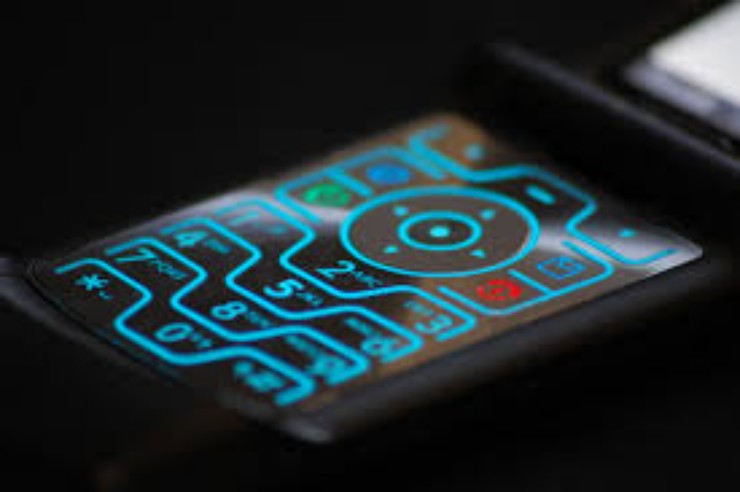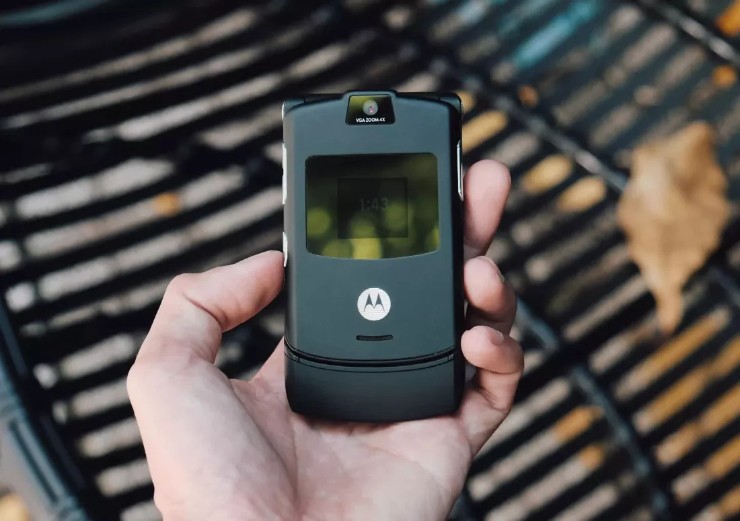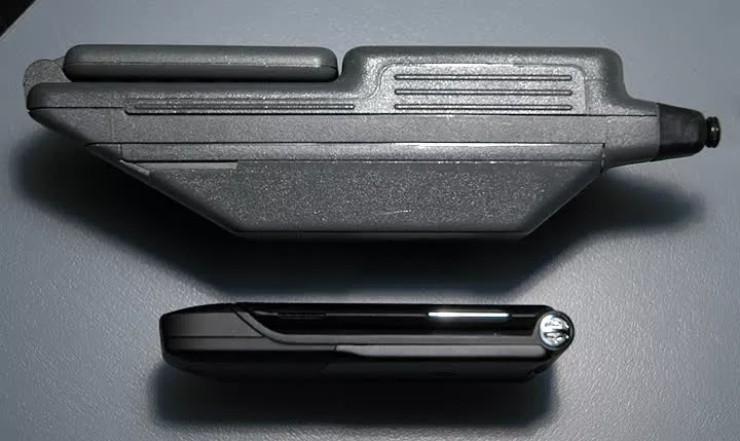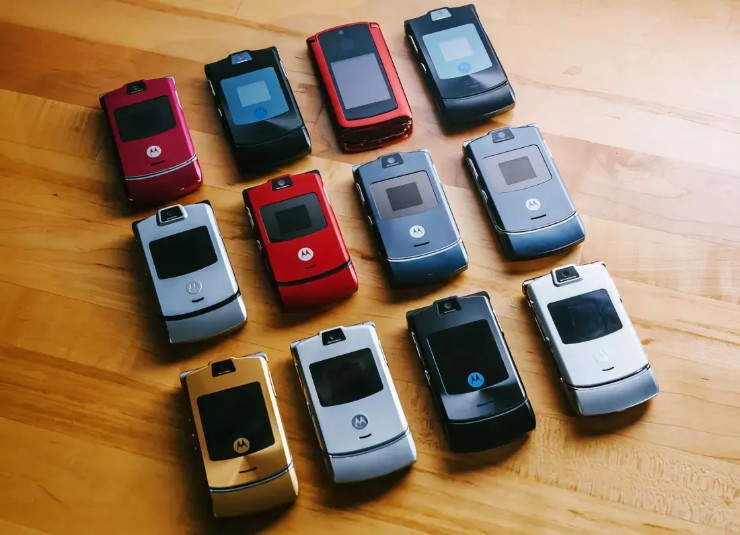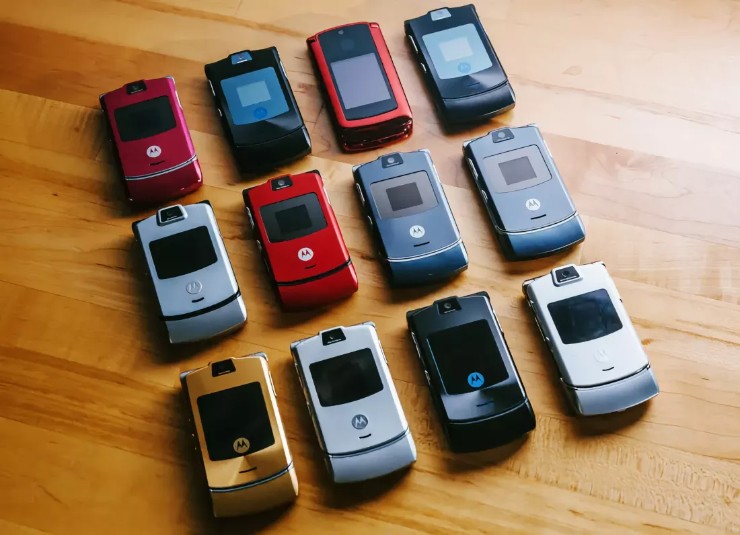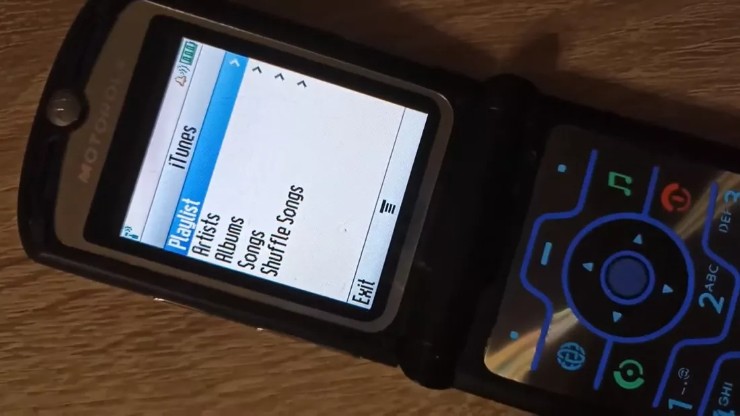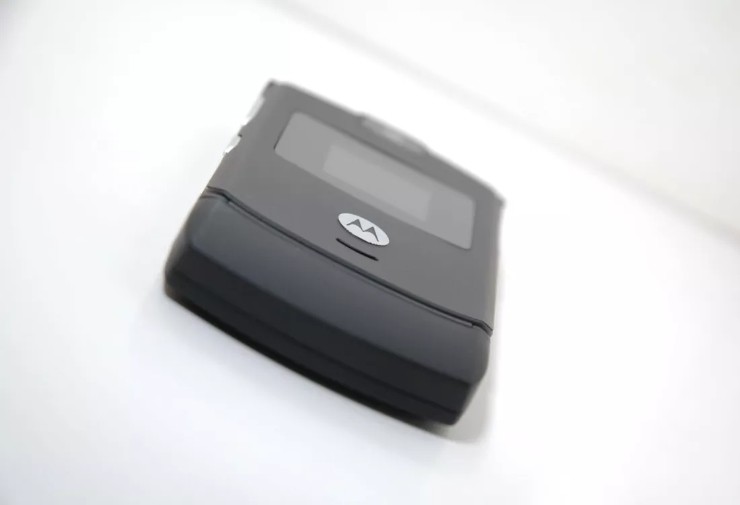When compared to today's “smartphones”, many people might call them “dumb phones”.
Called dumb phones because they don’t have smart features like taking pictures, playing heavy games, etc., but they are still specialized phones. Although they don’t have the power of smartphones, they are prioritized for their compact size and long battery life.
The Motorola Razr V3 was once the dream of many.
Most old cell phones had one problem: they were thick and ugly, looking like a pear cut down the middle. The Motorola Razr V3, on the other hand, was thin, gorgeous, and very popular. Before smartphones became popular, the Motorola Razr was considered the spiritual predecessor to the iPhone, becoming the dream phone of many.
Impressively thin
Motorola invented the cell phone in the 1970s, commercialized it in the 1980s, and popularized it in the 1990s with the Star Trek-inspired StarTAC. However, the company later became notorious for its conservative approval process, which essentially prevented it from bringing any new products to market, losing its market dominance to Nokia.
When veteran engineer Roger Jellicoe received a concept model for an ultra-thin clamshell folding phone, he realized the product could have a future. He assembled a team to work on the project in the evenings and on weekends, code-named “Razor,” and was also supported by Geoffrey Frost, Motorola’s vice president of marketing.
Two decades ago, jeans pockets were not the ideal place to keep a phone, as it could cause the phone to dial itself while in the pocket. Unlike today’s smartphones with capacitive touchscreens, the buttons on the phone could be activated by any kind of pressure if the phone was not locked. These accidental attempts resulted in dialing from the speed dial or recent calls list, making “ringback” calls quite common.
Ultra-thin design on the product.
The clamshell form factor was a solution to this problem, but it made the phone bulkier and less pocketable. The Razor project aimed to revolutionize the clamshell design the way the iPod transformed portable music players.
The Motorola Razr V3 debuted in 2004. At just under 14mm thick, it was thinner than most bar phones even when folded, and when opened it looked as thin as paper. But how did Motorola achieve this level of thinness?
First, the Razr V3 ditches the headphone jack as well as the power jack in favor of a Mini-USB. Most of the backlit keys are placed on a single metal plate, with curved rubber strips. The antennas are housed in the non-foldable bezel of the phone.
The small outer display was made of glass instead of the usual plastic to prevent the phone from bending. The rest of the case was also not plastic but aluminum - an uncommon material at the time.
True "pocket phone" quality
After Frost decided to drop the “O” from the name, the Motorola Razr V3 was released in November 2004 for $500, which is equivalent to a flagship phone that would cost $800 today when adjusted for inflation. People were impressed and quickly wanted one. No one cared that the phone was essentially the same inside as Motorola’s previous clamshell models. It could play music and videos, but only had 5.5MB of non-expandable internal memory. Thanks to its shape, the single 0.3MP camera could even be used for selfies.
The product opens a new era for truly pocket-sized phones.
After Motorola ramped up production, the Razr V3 became a best-selling phone in the US, used by celebrities like David Beckham and Reese Witherspoon, and appeared in countless movies and TV shows.
The Razr V3x, released in early 2005, was essentially a “Pro” version of the product, offering 3G capabilities, a dedicated selfie camera, higher specs across the board, and a microSD card slot. However, it was much thicker and heavier, resembling a more traditional clamshell phone.
Later that year, the Razr V3i debuted as a direct successor to the V3, retaining the same sleek design while upgrading to a 1.2MP camera and microSD card slot. Some carrier versions of the V3i were among the few Motorola phones to ship with iTunes, quickly becoming the most popular way to buy music even in the heyday of the iPod era.
However, iTunes on Motorola phones was limited to 50 or 100 songs (depending on region) because Apple realized that a phone with full iTunes functionality could spell the end of dedicated music players. This was well founded, as by 2006 the Motorola Razr was outselling the iPod, reaching 50 million units sold by July.
Repeated mistakes
Motorola seems to have gone back to its old ways after the success of the Motorola Razr. The Razr V3xx looks like a cross between the existing V3x and V3i. The Razr 2 series, released in 2007, added a 2-inch external touchscreen, but was considered too expensive for a phone without a full keyboard (physical or virtual) when compared to the BlackBerry. This led people to continue buying the cheaper V3 models.
Motorola still hasn't learned its lesson by being too rigid with its plans.
After 12 consecutive quarters as the best-selling phone in the US, the Razr V3 series was surpassed by the iPhone 3G in 2008. The Razr was discontinued a few months later, after an estimated total of 130 million units sold. The emergence of competitors like the iPhone 4S and Galaxy SII was thin enough for most users, and the Razr wasn't enough to save the company.
As a result, Motorola's phone division was acquired by Google in 2012, largely for its patent portfolio, before being sold to Lenovo two years later. The Motorola Razr, one of the first foldable smartphones released in 2020, was named and designed after the V3.

